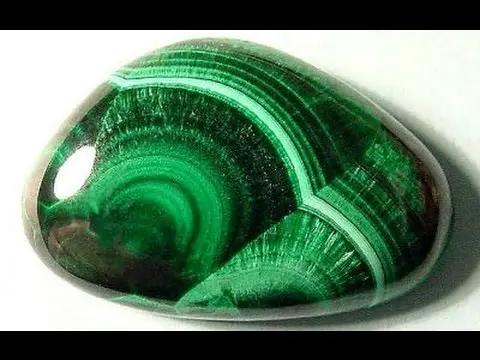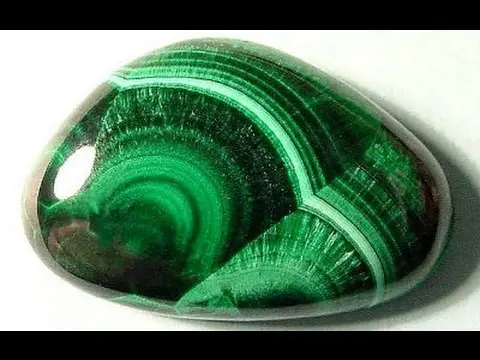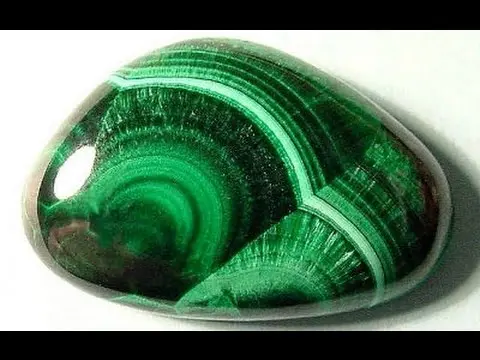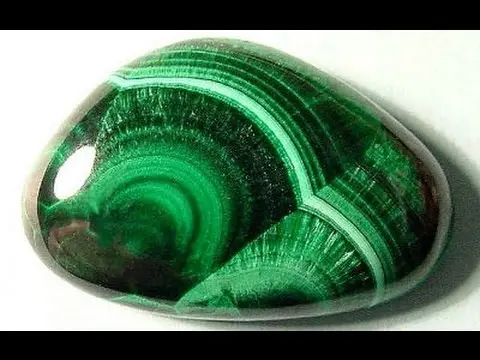Contents
The achievements of modern breeding make it possible to cultivate different varieties of gooseberries on their plots, which have many common advantages, but differ in appearance, taste, ripening time and crop size. But many prefer the classics. Gooseberry “Malachite”, created back in 1959, is still most often found in the gardens of the central, northern regions and the Urals. It is cold-resistant, undemanding in care, gives very useful berries, can bear fruit in one place for more than 30 years.
Description and characteristics of the variety
The gooseberry variety “Malachite” was created by the staff of the Institute of Horticulture. I. V. Michurin by crossing the Black Negus and Date varieties. The result turned out to be very successful, since for more than half a century most gardeners have been planting this particular variety.
Spreading bush with light green leaves grows up to 130 cm in height, is characterized by medium thorniness and needs traditional care. It perfectly tolerates severe winter frosts, sudden changes in temperature and short periods of drought.
The main advantage of this variety is noted in all descriptions – it is practically not affected by American powdery mildew. Other common gooseberry diseases can complicate its care, but preventive and sanitary measures taken in time will save the plant.
The bush brings its first fruits 2 years after planting, and with good care it can last more than 30 years. The largest number of fruits, and this is 4–6 kg of large green berries, falls on the years from the 4th to the 20th. The variety is self-pollinating, it does not require mandatory planting of representatives of other varieties nearby to increase the yield. But if there are several bushes, you need to leave a distance of at least 1 meter between them. Thorns are most often single, there are not very many of them, which makes it much easier to care for the bush.
Video “Gooseberry varieties” Malachite “
This video demonstrates what a two-year-old gooseberry of the Malachite variety looks like in a summer cottage.
About gooseberries
Large green berries with light veins, hairless, with a slight wax coating, as follows from the description of the Malachite variety, ripen in the second half of July. If they are not collected, they do not crumble, they remain hanging on the branches, acquiring softness, amber color and increasing sweetness. The average weight of one berry varies from 4 to 6 grams.
Fleshy, with a large number of seeds under a thin skin, they contain 8,6% sugars, up to 40,8 mg of ascorbic acid per 100 g of weight, vitamins, pectins, micro and macro elements.
The composition, unique in its usefulness, makes the berries surprisingly valuable – they rid the body of excess cholesterol, remove toxins, radionuclides, salts, and are used as a laxative, diuretic, choleretic agent. Traditional medicine recommends them for the treatment of many skin diseases, gum disease.

Fruits plucked from the bush can be stored in a cool room (cellar) for 4 to 7 days, depending on the degree of maturity. The refrigerator will help keep slightly unripe hard berries longer. They are often frozen for the winter, which allows you to save a maximum of useful substances. To do this, first keep clean, dry berries on the top shelf for several hours, and then put them in the freezer. Before use, they are also recommended to be kept in the refrigerator for 5 hours first, and then only used at room temperature.
All descriptions note the versatility of using berries. They are eaten fresh, fruit drinks, compotes and berry puree are made from them for cereals or milk jelly. Wonderful royal (or emerald) jam is made from slightly unripe malachite berries, and from ripe or even slightly overripe, soft and yellowish, jams, jelly, marshmallows are made. Delicious vitamin desserts retain many useful substances after heat treatment and canning.

Planting and care
Planting young bushes can be done in autumn or spring. In the spring, you need to have time to do this, while the plant has not yet come out of dormancy, that is, until the moment the buds swell, but when the earth has already thawed enough for the roots to take root. Such a time is difficult to guess, so most often young bushes are planted in the fall. The main thing here is to settle a young bush for 3, and even better, even 5 weeks before the onset of frost. Then it will definitely take root, and in the spring it will already grow.
For gooseberries, they dig a hole with a diameter of 50 cm and a depth of up to 50 cm. The excavated earth is mixed with compost or humus (up to 10 kg), wood ash, superphosphate and potassium sulfide are added. It is better to do this in advance so that the land with fertilizers lies down for a couple of weeks. A third of the pit is filled with this prepared soil, then a bush is placed, usually at an angle, the roots are straightened, covered with the remaining earth so that the roots do not break, but voids are not allowed. After planting, the ground around the bush is compacted and watered abundantly.

When buying a seedling, be sure to examine the development of the root and the condition of the shoots. Shoots should be thick, not dry and not damaged. If the root turns out to be dry or underdeveloped, then no care can fix this, so it is better to carefully examine it in advance. Before planting the plant, the dried edges of the roots are slightly shortened (to a living place), and after planting a bush, the shoots are cut to 5–6 buds.
Gooseberries love moisture, so water the new plant weekly to help it take root. In the future, gooseberry care includes mandatory regular watering.
“Malachite” is a very hardy variety, it can survive drought periods, but it needs to be watered to get a rich harvest, especially in the absence of rain. Watering is done under the root.
The earth under the bush and around it must be kept clean, weeds must be removed, the top layer loosened, in no case should plant residues be left.

Every year, the bush is pruned, removing old (over 5 years old), damaged or directed shoots inside the bush. An adult bush should consist of shoots of different ages so that 4–5 old ones can be harvested annually, and the same number of new ones will begin to bear fruit. A healthy adult bush should have no more than 15 skeletal branches, otherwise the berries in the middle of the bush will not be able to ripen due to lack of sun. This formative pruning should be done when the shrub is dormant. Sections of thick stems need to be treated with garden pitch. Usually pruning is done after leaf fall in autumn or before the start of juice movement in early spring.
To obtain a bountiful harvest, starting from the second year of life, gooseberries are fed with organic and mineral fertilizers. This is usually done in the spring when the ovaries are formed and after harvesting. In autumn, compost (or humus), ammonium nitrate, superphosphate and potassium chloride are added. In the spring, some gardeners recommend adding 80 g of ammonium nitrate, while others prefer to pour a tenfold solution of slurry.

Aphids, moths, sawflies are pests that gooseberries can choose. Proper care and compliance with sanitary standards should reduce the likelihood of parasites settling, but if this does happen, then biological products, ash tincture, soap and tobacco solution will help get rid of them. Some gardeners cultivate the land under a bush with the following composition: add 300 tablespoon of mustard, chopped hot pepper, 1 g of tobacco dust to the ashes (200 g). This repels most of the pests. If, nevertheless, the pests have settled on the gooseberries, then before flowering and after it, the bushes are treated with a solution of “Karbofos” or “Rovikurt” according to the instructions.
To the most common gooseberry disease, to powdery mildew, Malachite has resistance, but anthracnose and other diseases may well happen, so proper care should include preventive measures. Before bud break, the bush is treated with Bordeaux liquid. In summer, plants are sprayed with a soapy solution with the addition of soda ash or tobacco dust.
“Malachite” is not afraid of the cold, which means that it does not need to be insulated before the onset of winter. The only activity that needs to be done in the fall (other than top dressing) to help the plant survive the winter is watering.
Video “Gooseberry Varieties”
This video talks about gooseberry varieties: prickly, slightly prickly and thornless. You will find out which shoots of these varieties are not affected by powdery mildew.









